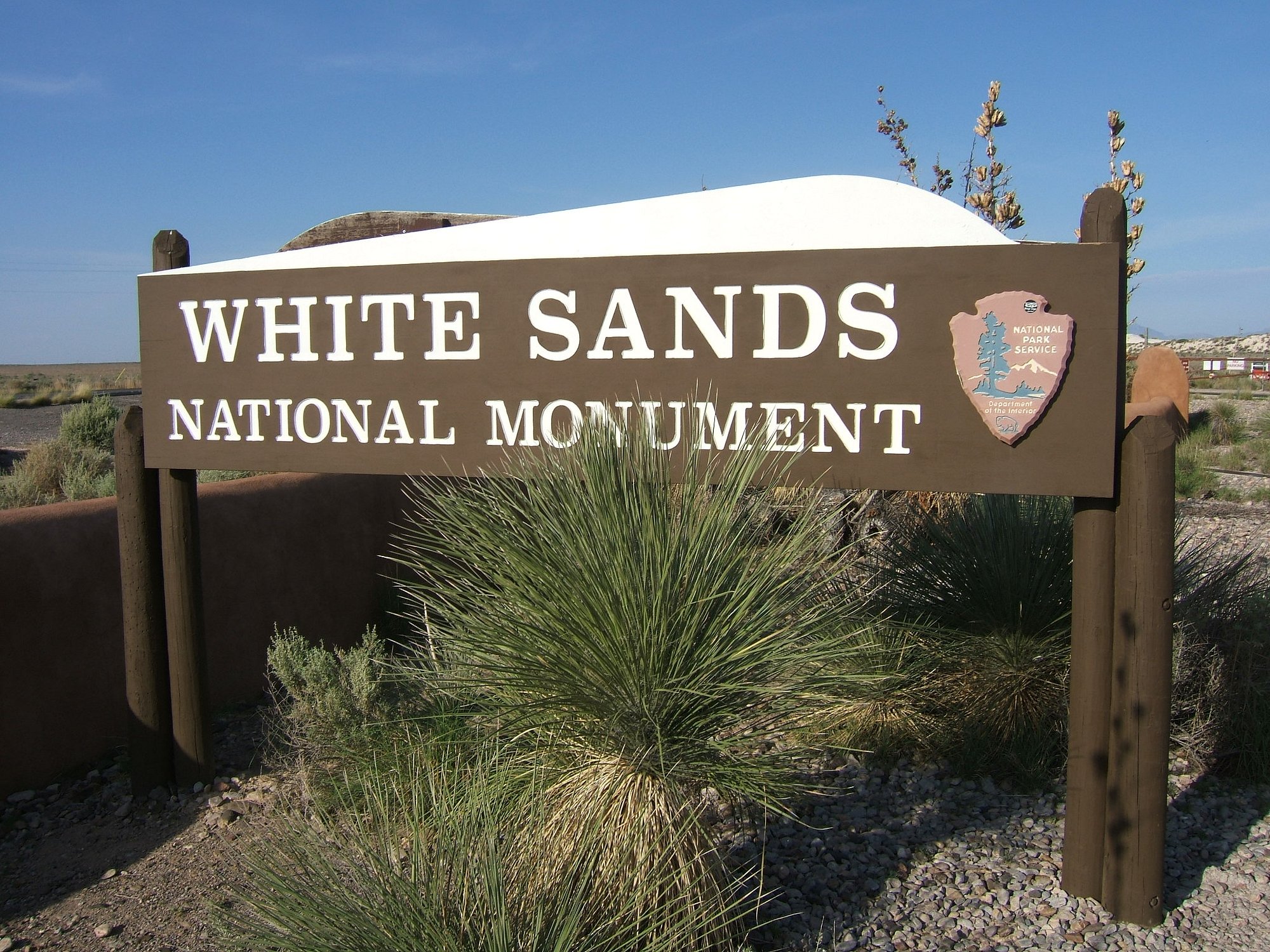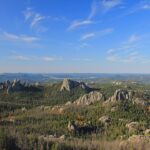Quick Bits:
White Sands National Park holds a world unlike any other. It is home to the largest gypsum dune field on Earth. These white dunes roll endlessly under a sky that shifts between blazing sun and brilliant stars. Each grain of sand here tells a story shaped by time, wind, and change. This park isn’t a common desert. It’s a living canvas of light, silence, and motion.
Originally established as a national monument in 1933, White Sands gained national park status in December 2019. Since then, visitors from across the globe have come to witness its beauty and stillness.
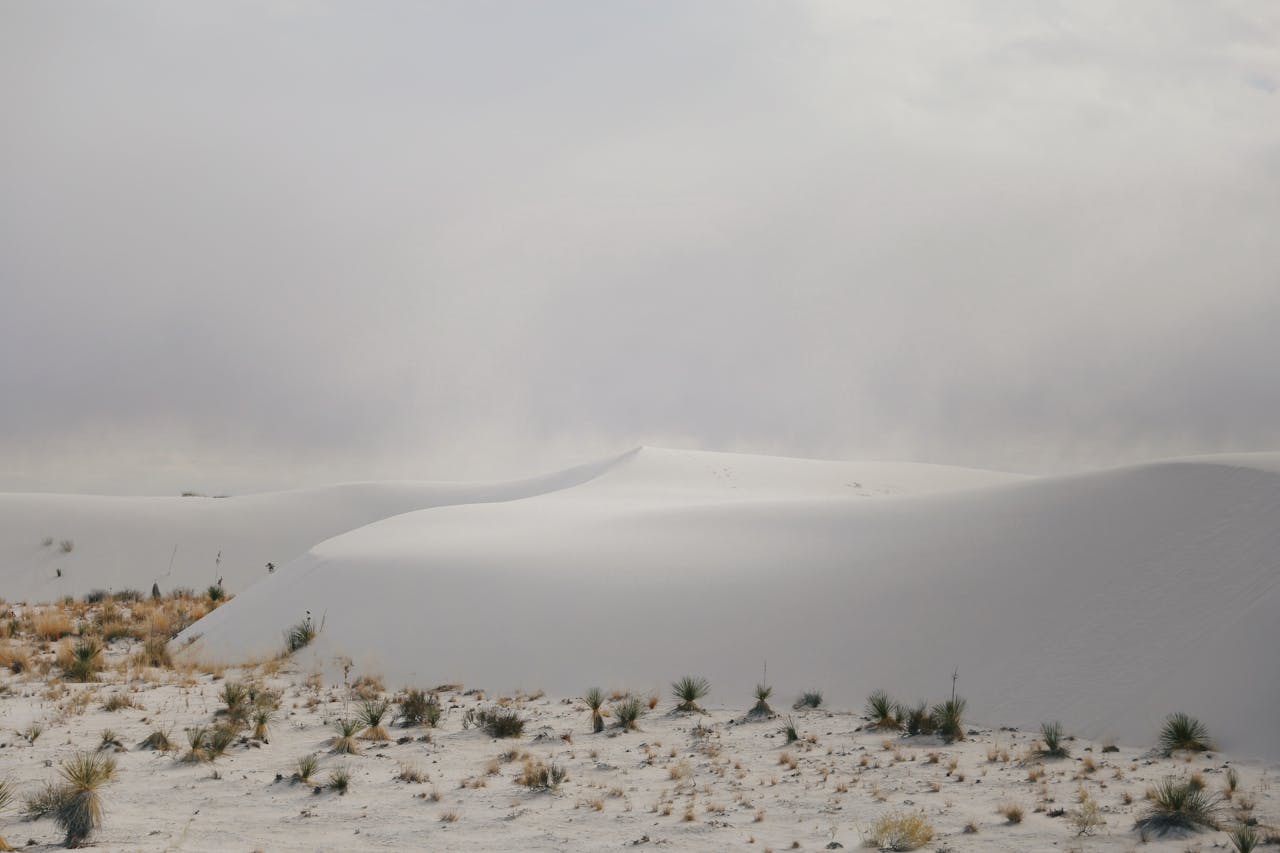
Image by: Daniel Erlandson – Via Pexels.com
Key Highlights
-
argest gypsum dune field on the planet
-
Dune life with rare insects, reptiles, and birds
-
Moonlike landscape perfect for hiking and photography
-
Family-friendly sledding down sand slopes
-
Fiery sunsets that paint the desert in warm gold
-
Native history stretching back over 10,000 years
General Information
White Sands National Park sits within the Tularosa Basin. It stretches across 275 square miles of southern New Mexico. The area is remote, yet easy to access via U.S. Route 70. Its entrance lies between the towns of Alamogordo and Las Cruces.
The park is managed by the National Park Service and welcomes over 600,000 visitors each year. Its terrain can change overnight due to shifting winds. Trails, dunes, and even roads often reshape themselves in a dance only nature controls.
The park opens from dawn till dusk most days. The visitor center offers exhibits, a gift shop, and park maps. It also provides updated trail and road conditions.
Entrance fees are affordable and support preservation. Special events include full moon nights, ranger-led tours, and stargazing walks.
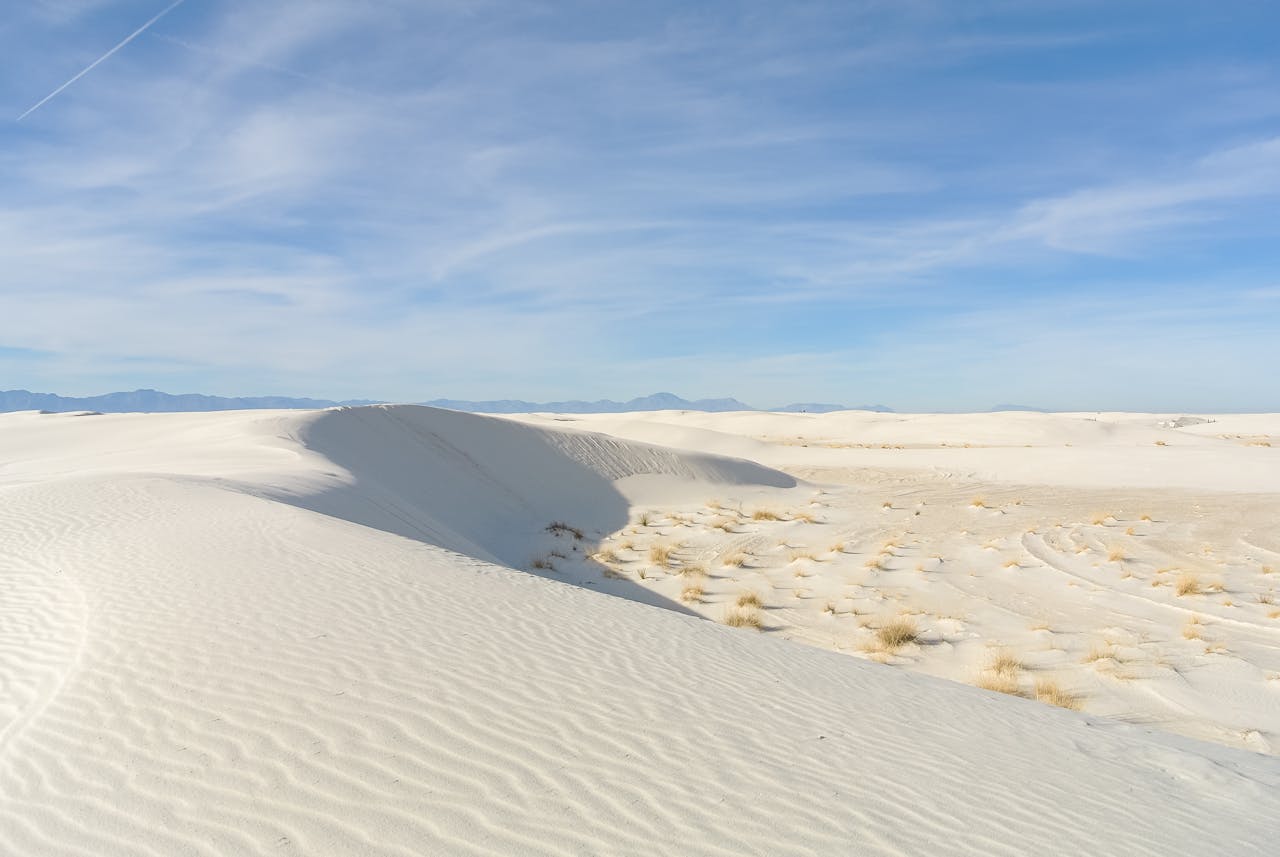
Image by: Frank Schrader – Via Pexels.com
Geography Information
The gypsum dunes of White Sands National Park are unique. Most deserts contain silica-based sand. Here, the sand consists of gypsum crystals that formed from an ancient sea millions of years ago. As the sea dried, it left behind minerals. Over time, wind and water broke these minerals into tiny, brilliant grains.
The dunes can reach up to 60 feet tall and shift steadily under strong desert winds. Some areas appear untouched for ages, while others ripple with fresh marks left by wildlife.
This region sits at an elevation of around 4,000 feet. It is surrounded by mountain ranges like the Sacramento and San Andres. Their presence shapes local weather and runoff, feeding the closed basin where dunes collect.
There are no rivers leaving this basin. Everything flows inward, evaporates, or seeps into the ground. This closed system helps preserve the purity of the gypsum sand.
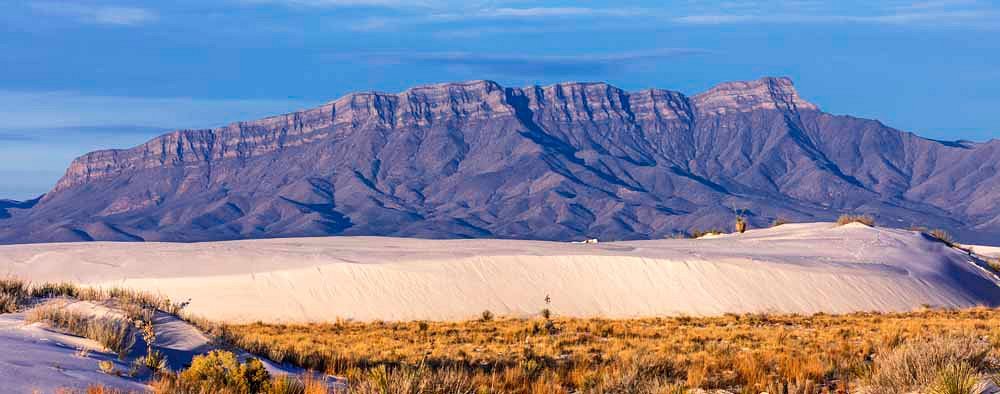
Image by: Angeles – Via Tripadvisor
Places to Visit
1. Dune Life Nature Trail
A one-mile loop offering a close look at desert wildlife and plants. Interpretive signs explain how life thrives in this harsh terrain.
2. Interdune Boardwalk
This short, accessible walk leads through the dunes and features educational panels. Great for families and those new to the desert.
3. Alkali Flat Trail
This is a challenging five-mile round trip. It leads into the heart of the dunes. Visitors walk where lakebeds once shimmered with ancient water.
4. Playa Trail
A quick half-mile stroll to a seasonal lakebed. After rains, shallow pools can form, creating dramatic reflections.
5. Backcountry Camping Area
For those looking to stay overnight, backcountry camping is allowed in designated spots. Hikers carry their supplies and leave no trace.
6. Lake Lucero Tours
Offered seasonally by permit, this guided hike reveals the origin of the dunes. Visitors see selenite crystals, the raw form of the gypsum sand.
7. Sunset Strolls
Daily ranger-led walks during the evening explain the park’s geology and ecology. They end with views of a desert sunset unlike any other.
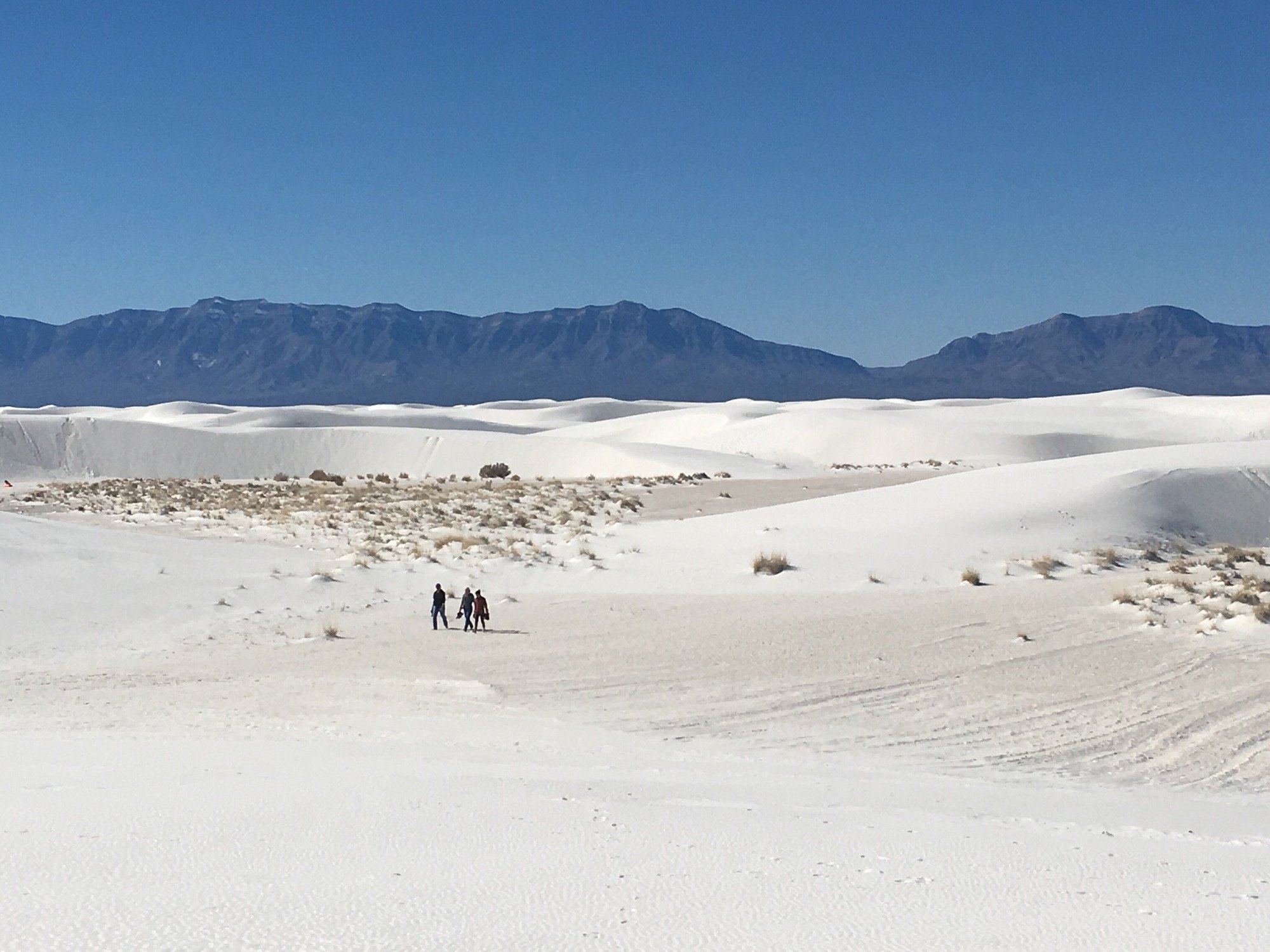
Image by: Jim L – Via Tripadvisor
Yearly Climate
White Sands National Park sees wide swings in temperature and conditions. Days can scorch and nights chill. Sand reflects light, which makes the area feel hotter under direct sun.
| Season | Daytime Avg | Nighttime Avg | Conditions |
|---|---|---|---|
| Winter (Dec–Feb) | 50s–60s °F | 20s–30s °F | Cold nights, dry air |
| Spring (Mar–May) | 70s–80s °F | 40s–50s °F | Windy, good visibility |
| Summer (Jun–Aug) | 90s–100+ °F | 60s–70s °F | Hot, chance of monsoon rains |
| Fall (Sep–Nov) | 70s–80s °F | 40s–50s °F | Clear skies, pleasant walking weather |
Rain is rare and usually falls during late summer storms. Humidity is low year-round.
The sand remains cool underfoot even during hot months due to gypsum’s thermal properties. It reflects sunlight instead of absorbing it. Still, protective gear, plenty of water, and proper planning are vital.
Best Time of Year to Visit
Late fall through early spring offers the most rewarding experience. Between October and April, temperatures stay mild. Wind is calmer and skies stay crisp and clear.
These months allow longer hikes and camping without the strain of high heat. Winter offers quiet, peaceful landscapes under bright light. Shadows stretch longer. Tracks in the sand linger longer. Stargazing becomes magical under the cold, clear night.
Avoid summer afternoons. The sun sits high and hard. Monsoon season brings sudden lightning storms, often with little warning.
Sunrise and sunset are the park’s finest hours. Colors shift quickly. Dunes glow, deepen, and sometimes blush with the last light. Morning and evening are ideal for photography.

Image by: Amanda Sweeney – Via Pexels.com
In Summary…
White Sands National Park stands as a treasure in the heart of New Mexico. It captures the silence and raw beauty of the desert in an unforgettable way. With its rare white gypsum dunes, this place pulls visitors into another world. Families sled the slopes. Hikers walk into blinding white seas of sand. Photographers chase shadows and light.
Nature thrives here in quiet ways. So do stories. The dunes move, but their presence feels timeless. Spend a few hours or a whole day and you will feel the rhythm of a land shaped by sun and wind.
From short walks to wild hikes, from peaceful camps to stargazing shows, White Sands offers wonder to those who seek it.

